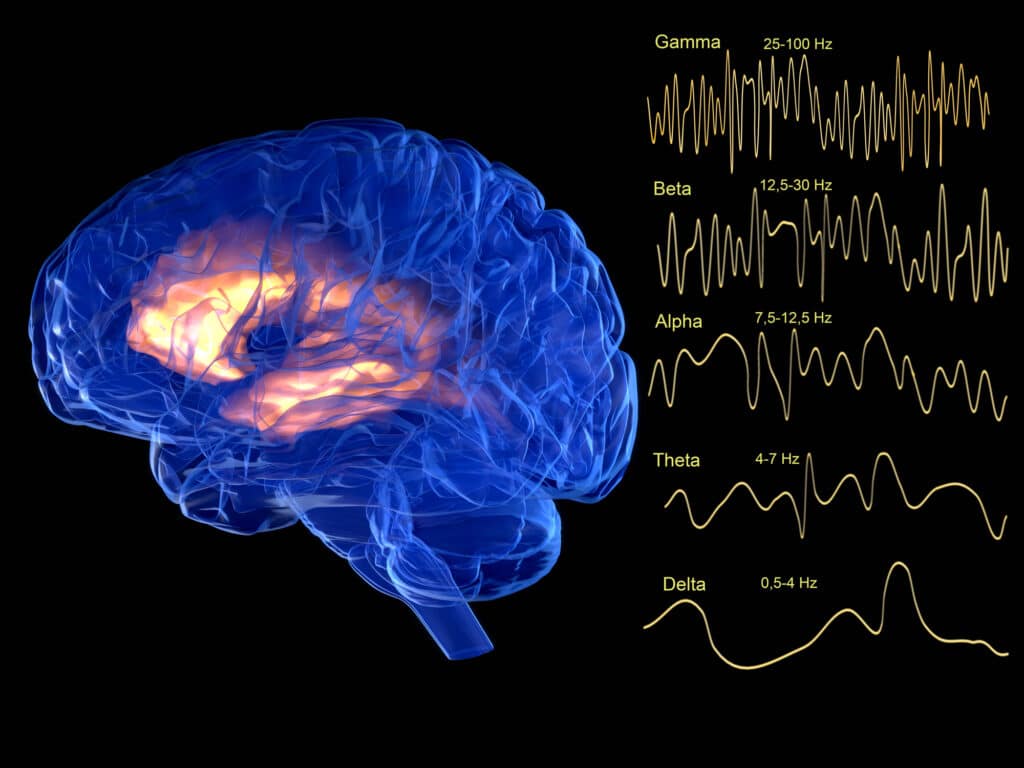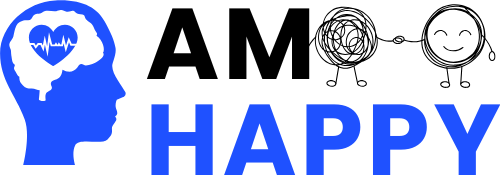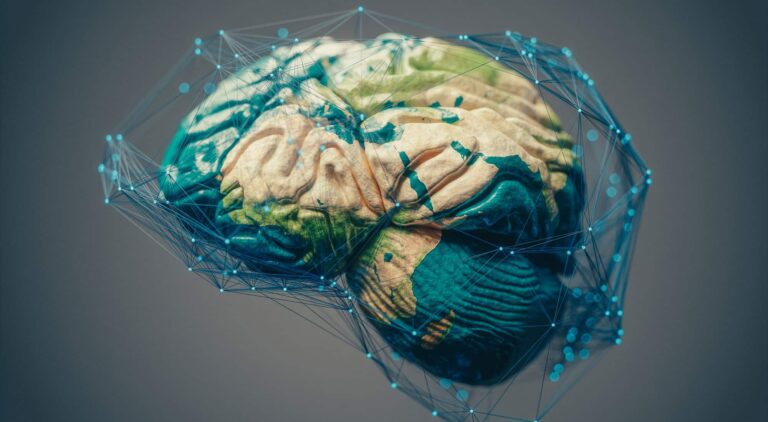When addressing issues like addiction and trauma, traditional therapeutic methods may not fully tackle their profound impacts on the brain. This is where brain mapping comes into play. This innovative approach provides a precise method to identify and target the brain areas affected by trauma or addiction.
By gaining insights into the brain’s operations and enhancing its functions, brain mapping therapy assists individuals in achieving balance, enhancing emotional control, and promoting long-term recovery. In this article, we will explore the crucial role of brain mapping in recovery and its personalized treatment benefits for meaningful change.
What Is Brain Mapping?
Brain mapping refers to a method that measures the activity within the brain to comprehend the functioning of its various regions. Typically, this is achieved using advanced tools such as EEG (electroencephalography), fMRI (functional magnetic resonance imaging), or qEEG (quantitative EEG).
This technique highlights which brain regions require attention and facilitates targeted training to enhance their functionality. Trauma can cause certain brain areas, such as the limbic system, to become overly active, complicating the healing process and potentially leading to addiction.
How Does Brain Mapping Work?
“Brain mapping allows for highly focused and customized brain wave training,” explains Deirdre Stewart, Vice President of Trauma Resolution Services at The Meadows. “Training in [a certain] range can effectively soothe limbic system activity, which is crucial in rehabilitation environments where trauma often underlies addiction.
“Focusing on deeper brain regions aids in calming and stabilizing. Managing arousal and attention is integral to achieving healing, as these factors frequently contribute to various mental health conditions, including addiction.”
Simply put, this training soothes parts of the brain that become active due to stress or trauma, facilitating healing and enabling individuals to progress.
What Is Brain Mapping Used For?
Brain mapping serves to assess how different brain areas perform, enabling the identification of inefficiencies. It’s especially useful for tackling issues related to trauma, addiction, and emotional management. By monitoring brain activity, brain mapping reveals overactive or underactive brain regions.
For instance, trauma might trigger excessive activity in the limbic system (the brain’s emotional center), resulting in anxiety or emotional disturbances. Brain mapping can identify these critical areas, paving the way for targeted and individualized treatment that helps restore balance and improve overall brain performance.
In essence, brain mapping helps uncover the underlying reasons someone may be experiencing emotional or mental health challenges, allowing for focused healing.
What Is Brain Mapping Therapy?
Brain mapping therapy is a treatment method that utilizes insights gained from brain mapping to specifically address brain areas requiring improvement. The aim is to enhance brain functionality by retraining these regions.
This can involve techniques such as neurofeedback, where patients receive instantaneous feedback about their brain activity and learn to manage it. This approach seeks to mitigate symptoms of mental health disorders and neurological concerns, helping individuals feel more balanced, focused, and in control.
How Does Brain Mapping Therapy Work?
The initial step involves assessing your brain’s activity. Think of it as capturing a live view of your brain’s functioning—identifying regions that are either overactive or lacking activity. Following this assessment, therapy aims to retrain the brain for better functioning and tranquility.
Neurofeedback: Teaching Your Brain to Find Balance
Neurofeedback is a primary component of brain mapping therapy. During a typical session, you’ll wear sensors that monitor your brain’s electrical activity. The objective isn’t just measurement but to educate your brain on how to maintain calm and focus.
As you engage with the training, you’ll receive real-time insights about your brain’s performance. When your brain reaches a healthier, balanced condition, you’ll get a signal, like a sound or visual cue. It’s akin to training your brain to identify the correct state of mind, with each session reinforcing that newfound balance.
With time and practice, your brain becomes adept at self-regulation, facilitating better grounding and reducing sensitivity to stressors or emotional triggers.

Addressing Overactive or Underactive Areas
Brain mapping therapy specifically targets areas of the brain that may be overactive or underactive. If trauma has impacted certain regions, like the limbic system (responsible for emotions), it may lead to heightened anxiety or emotional overwhelm. Therapy focuses on calming these specific areas.
Conversely, if areas responsible for attention and cognitive functioning are underactive, brain mapping therapy stimulates these regions. The aim is to restore balance, fostering calmness, improved focus, and resilience against daily stressors.
How It Helps With Healing
The primary advantage of brain mapping therapy is its ability to facilitate brain healing from trauma and stress effects in a precise manner. By soothing overactive emotional regions and bolstering areas that require attention, brain mapping therapy catalyzes lasting change.
This therapy can alleviate symptoms of anxiety, depression, and trauma while enhancing emotional regulation and mental clarity. For individuals grappling with the repercussions of addiction, it can reprogram the brain to respond more healthily to stress, aiding in resisting triggers and maintaining focus on recovery.
Find Personalized Treatment for Real Change
One of the standout features of brain mapping therapy is its individualized nature. The data obtained from brain mapping informs a treatment plan uniquely designed for you, dismissing the notion of a generic approach.
By centering on your brain’s particular requirements, this therapy offers a customized and effective pathway to healing, making it easier to tackle challenges like trauma, addiction, or emotional regulation in a feasible and sustainable manner.
If you’re facing challenges related to addiction, trauma, anxiety, depression, or other disruptions in mental health, we at The Meadows provide cutting-edge treatment that’s research-backed and evidence-driven.
With brain mapping and other therapies offered at our Brain Center, we can assist you in overcoming your current struggles and help you thrive once again. Contact us today to find out more!


